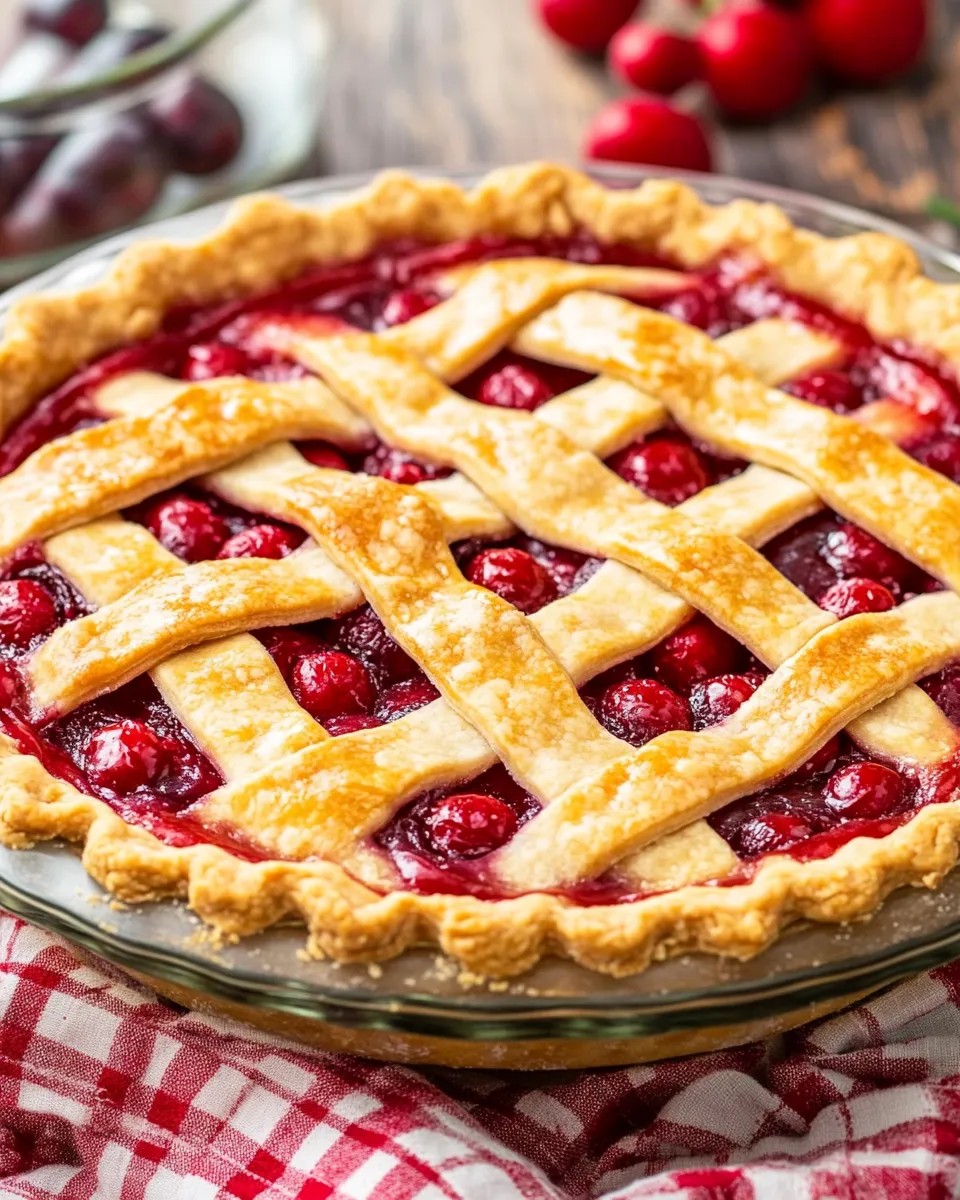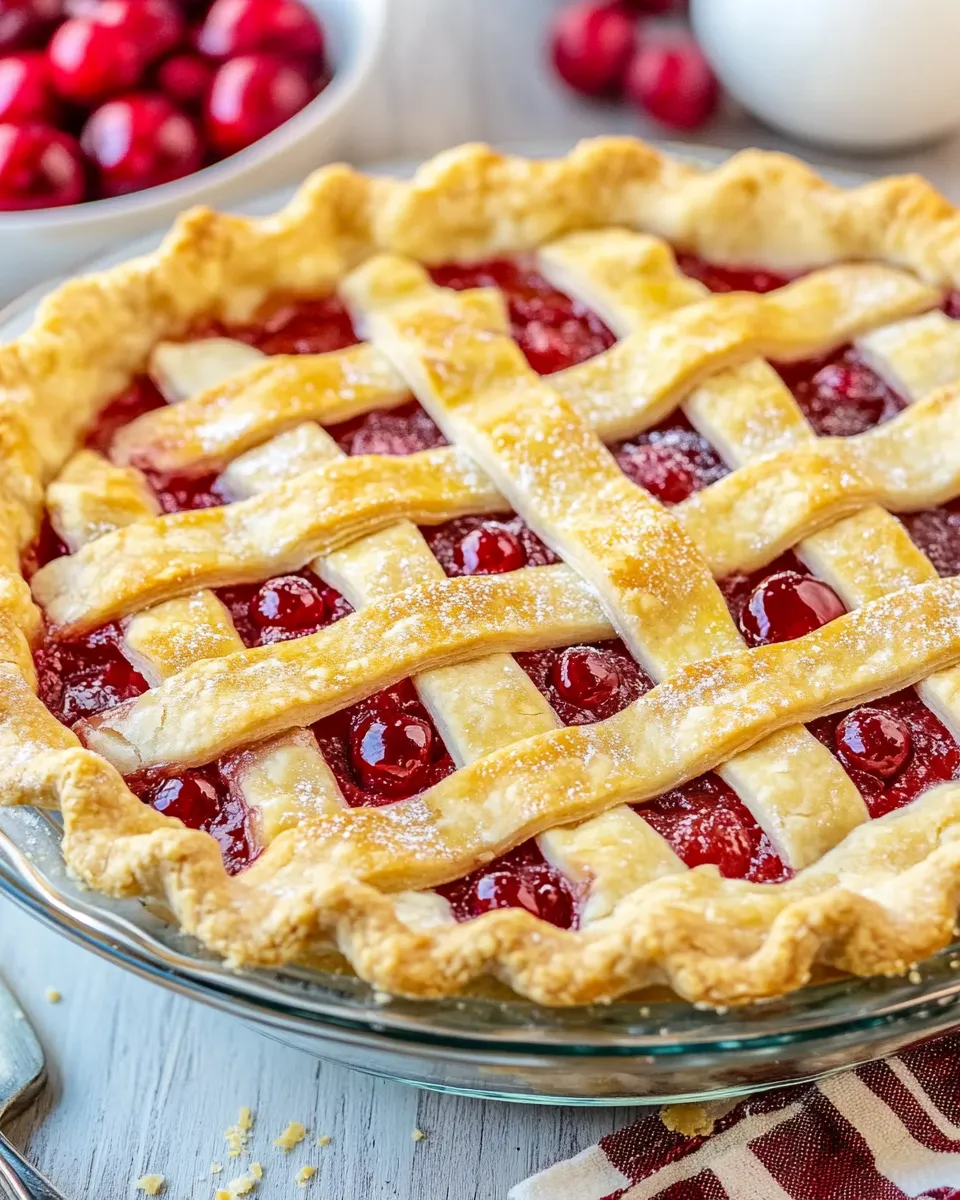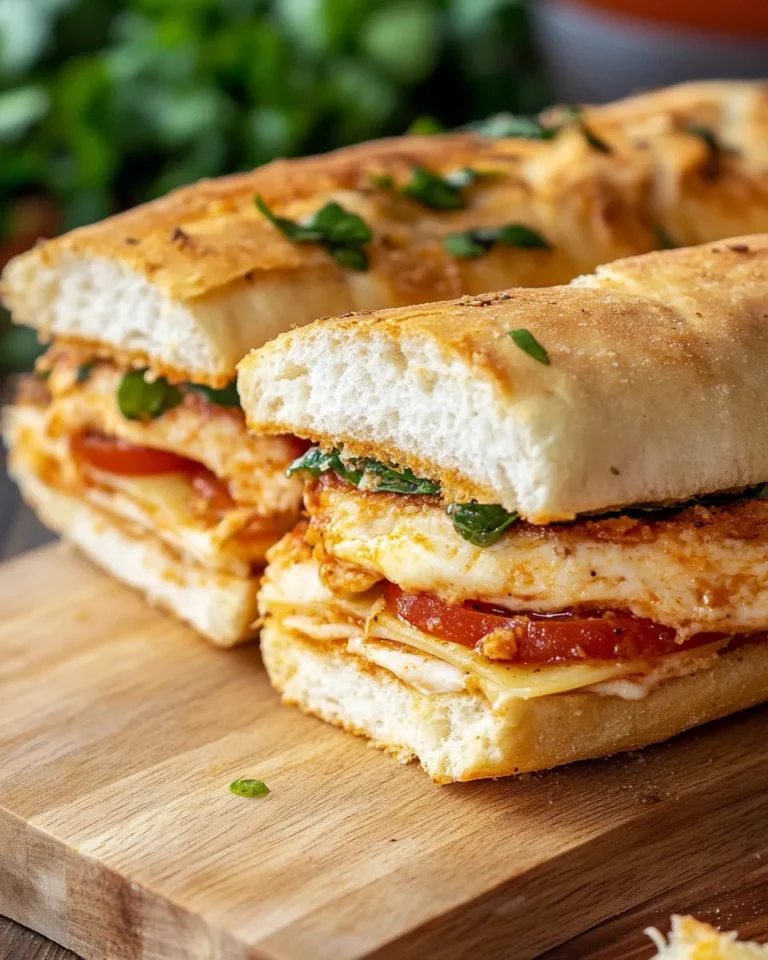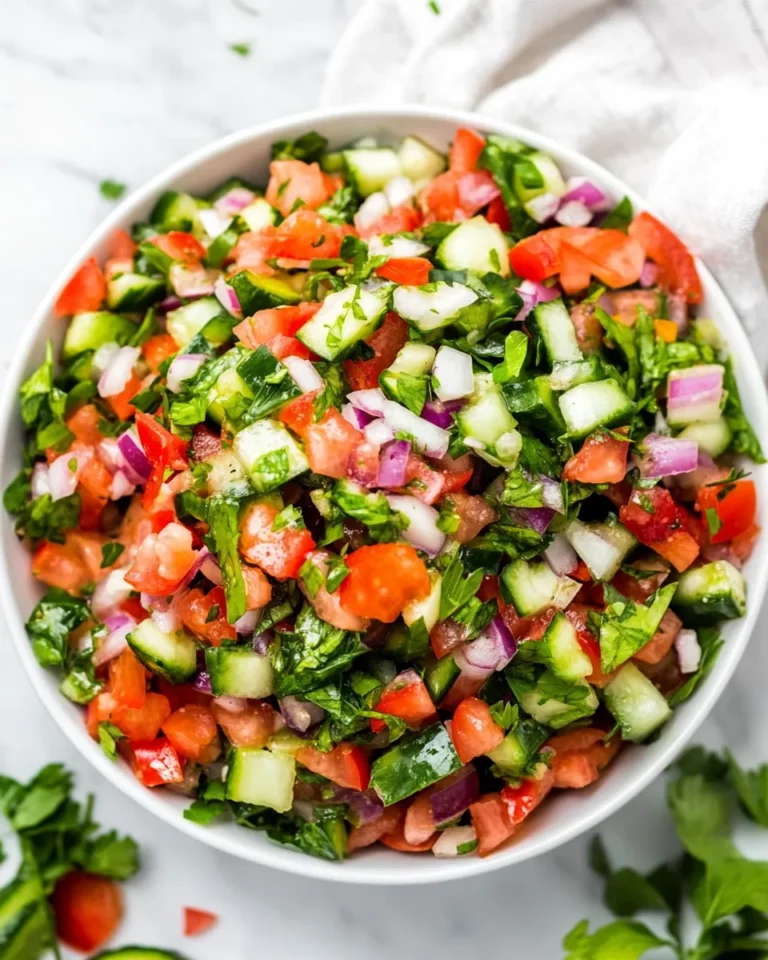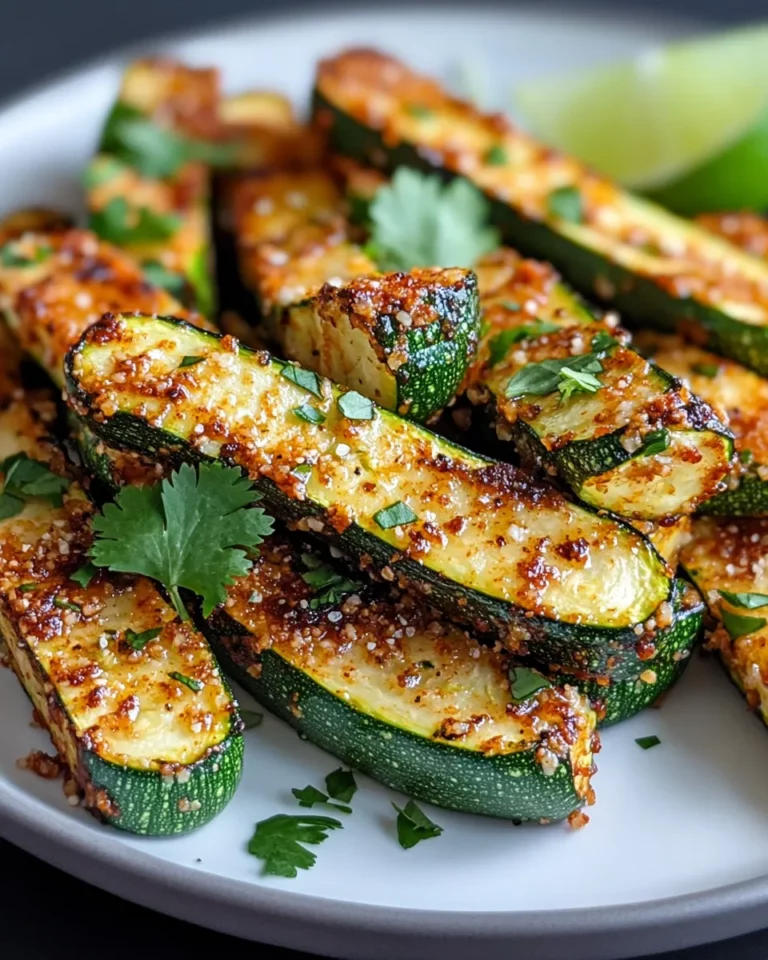All Butter Pie Crust
There’s something truly magical about a perfectly flaky, buttery pie crust. It’s the foundation of so many beloved desserts and savory pies, and mastering it can elevate your baking to a whole new level. This all butter pie crust recipe is straightforward, uses simple ingredients, and yields a tender, flaky crust that’s rich with buttery flavor. Whether you’re making a classic apple pie, a custard tart, or a savory quiche, this crust will hold up beautifully and taste incredible. Let’s dive into what makes this recipe special and how you can make it your own.
Why This Recipe Is a Must-Try
This all butter pie crust stands out for several reasons. First, it uses only a handful of ingredients, all of which are pantry staples, making it easy to whip up anytime you’re craving homemade pie. The use of all unsalted butter ensures a rich flavor and a tender, flaky texture that’s hard to beat. Unlike shortening or lard, butter provides a natural, golden color and a delicious aroma that instantly reminds you of fresh-baked goodness.
The process is simple enough for beginners but yields professional results, making it a reliable go-to recipe. Plus, it’s versatile and pairs well with both sweet and savory fillings. The crust bakes up crisp and flaky without being tough or crumbly, striking the perfect balance that every pie lover dreams of.
Ingredients
- 1 ¼ cups (156 grams) all-purpose flour, sifted – The base of your crust, sifted to remove lumps and ensure a smooth dough.
- 8 tablespoons (113 grams) unsalted butter, cut into ½ inch pieces (1 stick total) – Cold butter is crucial for flakiness and flavor.
- ¼ teaspoon (1 gram) salt – Enhances the flavor of the crust.
- ¼ cup (60 ml) ice cold water – Helps bind the dough without melting the butter.
How To Make All Butter Pie Crust
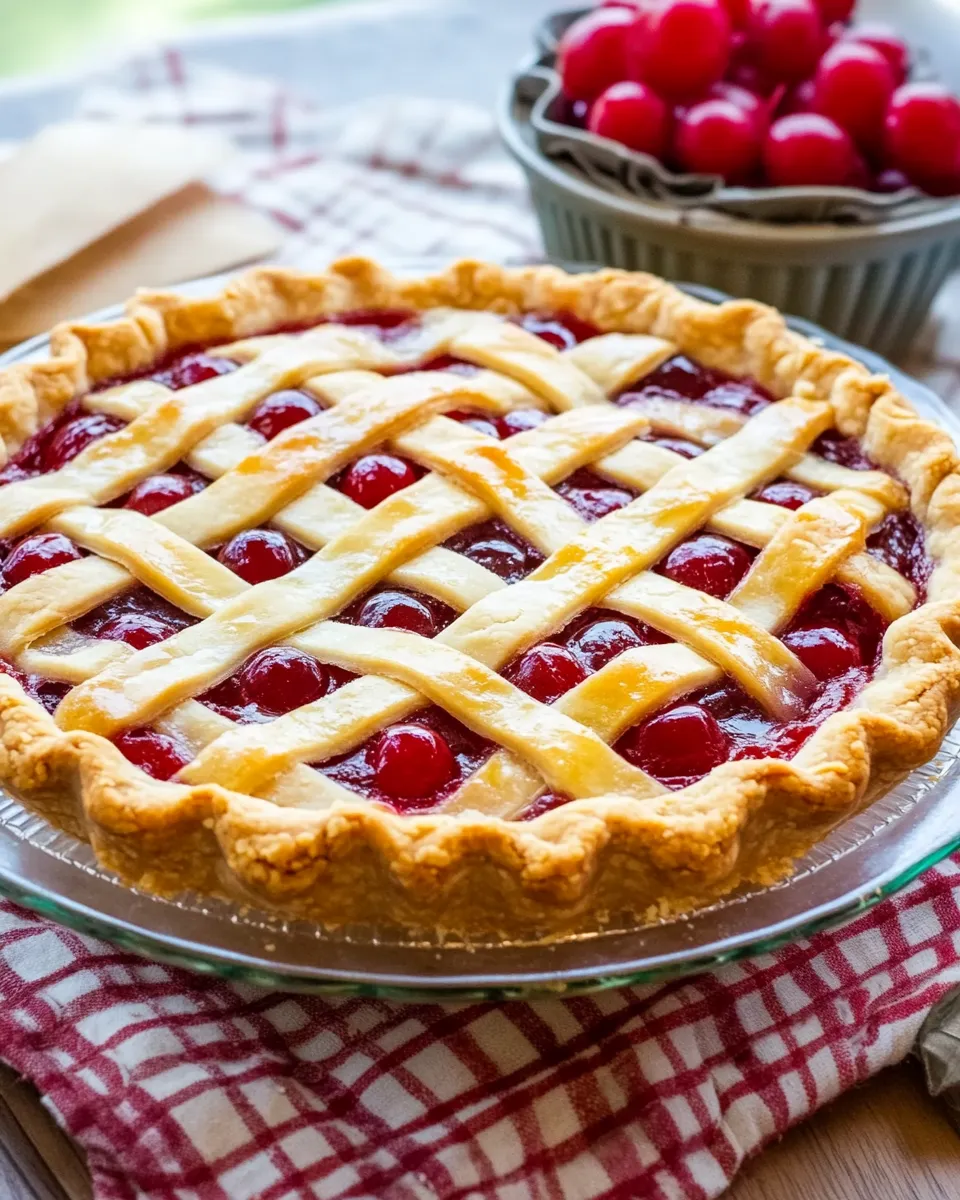
Step 1: Prepare Your Ingredients
Before you start, make sure your butter is properly chilled. Cut it into small ½ inch cubes and keep it in the fridge until you’re ready to use it. Sift your flour and salt together into a large mixing bowl. Having everything cold helps create those flaky layers in your crust.
Step 2: Cut in the Butter
Add the cold butter pieces to the flour mixture. Using a pastry cutter, two forks, or your fingertips, work the butter into the flour until the mixture resembles coarse crumbs with pea-sized pieces of butter still visible. These chunks of butter will create flaky pockets in the crust when baked, so don’t overwork the dough.
Step 3: Add Ice Cold Water
Sprinkle the ice cold water over the flour and butter mixture a tablespoon at a time. Gently mix with a fork or your hands just until the dough starts to come together. You want it to hold when pressed but not be sticky or wet. If needed, add a little more water, but be careful not to overhydrate the dough.
Step 4: Form the Dough
Gather the dough into a ball, then flatten it into a disk shape about 1 inch thick. Wrap the dough tightly in plastic wrap and refrigerate for at least 30 minutes. Chilling allows the flour to hydrate fully and the butter to firm up again, which helps prevent shrinking during baking.
Step 5: Roll Out the Dough
Lightly flour your work surface and rolling pin. Unwrap the chilled dough and roll it out evenly into a circle about 12 inches in diameter and 1/8 inch thick. Try to roll from the center outward, rotating the dough as you go to keep a round shape.
Step 6: Transfer to Pie Dish
Carefully roll the dough around your rolling pin and transfer it to a 9-inch pie dish. Gently press the dough into the dish, making sure it fits snugly against the bottom and sides without stretching. Trim any excess dough hanging over the edges, leaving about a ½ inch overhang.
Step 7: Crimp and Chill
Fold the overhang under itself to create a thick edge, then crimp or flute the edges as desired. At this point, refrigerate the crust for another 15-20 minutes before baking. This helps maintain its shape and texture.
Step 8: Bake
For a pre-baked crust, prick the bottom with a fork (docking) to prevent bubbles and bake in a preheated 375°F (190°C) oven for 15-20 minutes until golden brown. For pies with filling, bake according to your pie recipe’s instructions.
Expert Tips
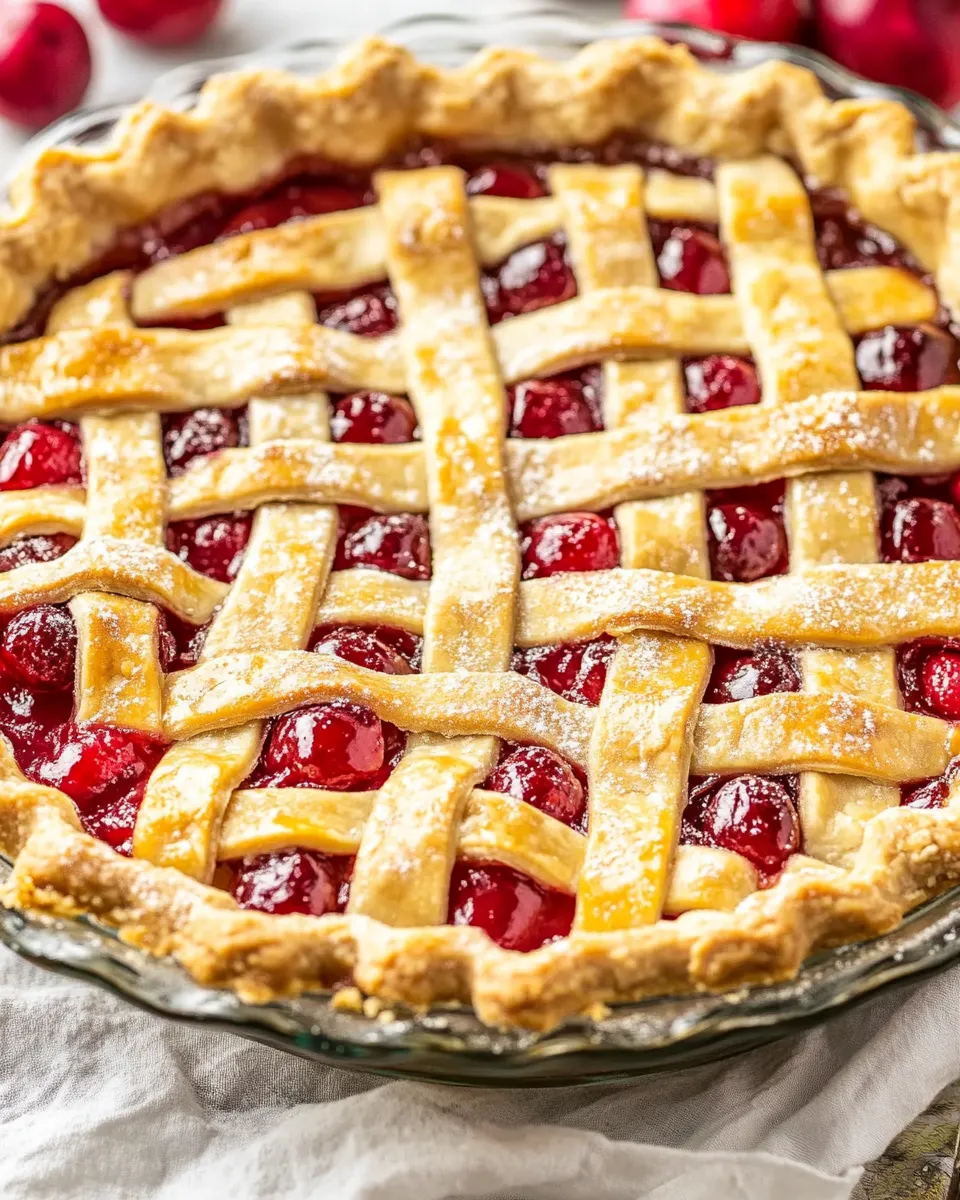
- Keep everything cold: Cold butter and water are key to a flaky crust. If your kitchen is warm, chill your flour and mixing bowl as well.
- Don’t overwork the dough: Over-mixing develops gluten, which can make your crust tough instead of tender.
- Use a light touch when rolling: Pressing too hard can squeeze out the butter and result in a less flaky texture.
- Rest your dough: Chilling the dough before rolling and after shaping helps relax gluten and solidify fats, preventing shrinkage.
- Freeze for convenience: You can freeze the dough disk wrapped tightly for up to 1 month. Thaw overnight in the fridge before rolling.
- Use a glass or metal pie dish: These conduct heat evenly and help achieve a perfectly crisp bottom crust.
Variations and Customizations

- Whole Wheat Pie Crust: Replace half the all-purpose flour with whole wheat flour for a nuttier flavor and added fiber.
- Herbed Savory Crust: Add 1 teaspoon dried herbs like thyme, rosemary, or sage to the flour for a flavorful savory crust perfect for quiches or pot pies.
- Sweetened Crust: Add 1-2 tablespoons sugar to the flour mixture for a slightly sweet crust that pairs well with fruit pies and tarts.
- Almond Flour Addition: Replace ¼ cup of the flour with almond flour for a subtle nutty taste and extra tenderness.
- Gluten-Free Option: Substitute the all-purpose flour with a gluten-free baking blend. Adjust water as needed for dough consistency.
How to Store Leftovers
If you have leftover pie crust dough, wrap it tightly in plastic wrap or place it in an airtight container and store it in the refrigerator for up to 3 days. For longer storage, freeze the dough for up to a month. When ready to use, thaw overnight in the refrigerator. If you have leftover baked crust, store it in an airtight container at room temperature for up to 2 days to maintain crispness. Avoid moisture to prevent sogginess.
FAQ
Can I use salted butter instead of unsalted butter?
Yes, you can use salted butter, but I recommend reducing or omitting the added salt in the recipe to avoid an overly salty crust. Unsalted butter gives you better control over seasoning.
Why is my pie crust tough instead of flaky?
A tough crust usually means the dough was overworked, causing too much gluten to develop. Be gentle when mixing and rolling out the dough, and keep all ingredients cold to maintain flakiness.
How do I prevent my pie crust from shrinking during baking?
Chilling the dough before and after rolling helps prevent shrinkage. Also, avoid stretching the dough when fitting it into the pie dish. Docking the crust with a fork can relieve steam and keep the shape intact.
Can I make this pie crust ahead of time?
Absolutely! The dough can be made up to 2 days in advance and stored in the refrigerator, or frozen for up to a month. Just make sure to wrap it tightly to prevent drying out.
Conclusion
Mastering an all butter pie crust is a game changer for any baker. This recipe delivers a buttery, flaky foundation that complements a variety of fillings, making it a versatile staple in your kitchen. With simple ingredients and easy steps, it’s approachable for all skill levels and perfect for everything from classic fruit pies to savory quiches. Keep your ingredients cold, handle the dough gently, and enjoy the rewarding process of baking your own homemade crust. Whether for a special occasion or a casual weekend treat, this all butter pie crust will quickly become your favorite go-to recipe. Happy baking!

All Butter Pie Crust
Ingredients
- 1 1/4 cups all-purpose flour sifted
- 8 tablespoons unsalted butter cut into ½ inch pieces (1 stick total), cold
- 1/4 teaspoon salt
- 1/4 cup ice cold water
Instructions
- Make sure your butter is properly chilled. Cut it into small ½ inch cubes and keep it in the fridge until ready to use. Sift flour and salt together into a large mixing bowl. Keep everything cold.
- Add cold butter pieces to the flour mixture. Using a pastry cutter, two forks, or fingertips, work the butter into the flour until the mixture resembles coarse crumbs with pea-sized pieces of butter visible.
- Sprinkle ice cold water over the flour and butter mixture a tablespoon at a time. Gently mix just until the dough starts to come together. Dough should hold when pressed but not be sticky or wet.
- Gather dough into a ball, then flatten into a disk about 1 inch thick. Wrap tightly in plastic wrap and refrigerate for at least 30 minutes.
- Lightly flour work surface and rolling pin. Unwrap chilled dough and roll out evenly into a circle about 12 inches in diameter and 1/8 inch thick, rotating dough as you go.
- Carefully roll dough around rolling pin and transfer to a 9-inch pie dish. Press dough snugly against bottom and sides without stretching. Trim excess dough leaving about ½ inch overhang.
- Fold overhang under itself to create a thick edge, then crimp or flute edges as desired. Refrigerate crust for another 15-20 minutes before baking.
- For a pre-baked crust, prick bottom with a fork to prevent bubbles and bake in a preheated 375°F (190°C) oven for 15-20 minutes until golden brown. For filled pies, bake according to filling recipe instructions.
Equipment
- Mixing Bowl
- Pastry Cutter
- Fork
- Rolling Pin
- Pie Dish
- Plastic Wrap
- Oven

